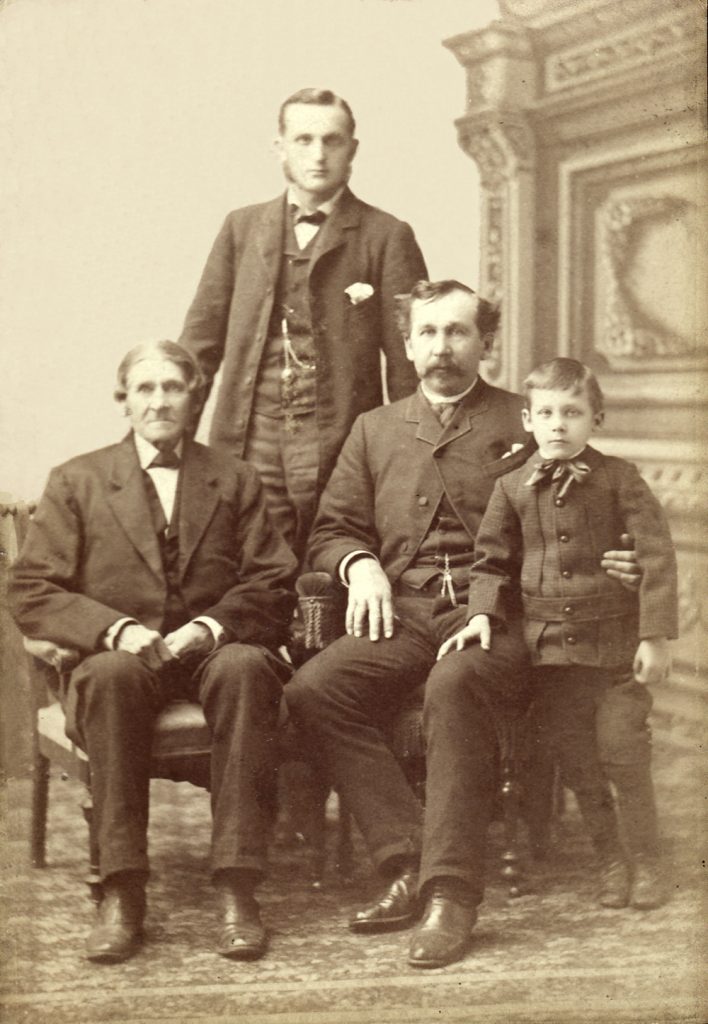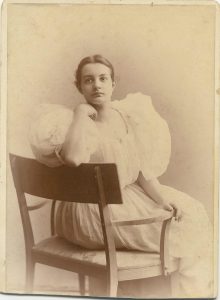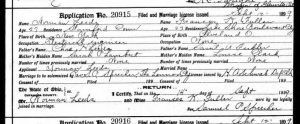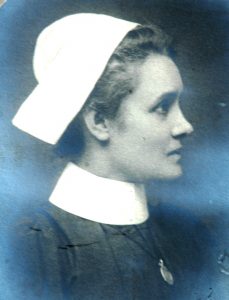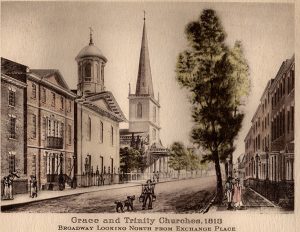My Great grandfather Ralph Barker moved from Connecticut to Florida to open a phosphate mining business and I am researching how he found out about more about the origins. Here is some of what I found
Some three decades after phosphate rock was first mined in England to be used in fertilizer, Dr. C. A. Simmons, who owned a rock quarry for building stone in Hawthorne, near Gainesville in Alachua County, had some of his rock sent to Washington, D.C. in 1880 for analysis. The rock was determined to contain phosphate.
Dr. Simmons launched the earliest attempt in Florida at mining and using phosphate in 1883. His attempts were short-lived, but by 1883 phosphate was also reported at other locations in Alachua, Clay, Duval, Gadsden and Wakulla counties.
Although Dr. Simmons is credited with the first discovery of phosphate in Florida, the Florida phosphate boom of the late 1800’s was triggered after the 1889 discovery of high-grade phosphate hard rock by Albertus Vogt near the new town of Dunnellon in Marion County. Mr. Vogt had noticed fossil remains of prehistoric animals in a nearby spring that reminded him of similar finds near phosphate deposits from years earlier when his family had lived in South Carolina, where phosphate was first found in the United States. Rock samples taken while sinking a well on his property were determined to have very high phosphate content. Vogt and a few other local citizens began buying up land in the area and the first hard rock production began in 1889 by the Marion Phosphate Company. This was followed by the Dunnellon Phosphate Company, in which Vogt had ownership interest, in 1890.
News of this great find spread. Thousands of prospectors and speculators flooded the area and the great Florida phosphate boom had begun. By 1894 more than 215 phosphate mining companies were operating statewide.
The boom brought wealth. Land that had been selling for $1.25 to $5 an acre sold as high as $300 an acre. It was written in 1891 that “many a cracker homesteader who went to bed a poor man woke up in the morning to find himself a capitalist.” The boom, however, was short lived. In 1892 there were 215 mining companies. By 1900 this number had dwindled to about 50 due to consolidation and over-capitalization.
Meanwhile, while surveying for a canal in 1881, Captain J. Francis LeBaron, chief engineer of a detachment of the U.S. Army Corps of Engineers, discovered river pebble in the Peace River, just south of Fort Meade, Polk County. Analysis of samples of this pebble confirmed the presence of phosphate. This discovery, though, did not draw much attention at the time.
In 1886 John C. Jones and Captain W. R. McKee, of Orlando, discovered high-grade phosphate on land along the Peace River between Fort Meade and Charlotte Harbor while on a hunting trip. This led to the formation of a syndicate known as the Peace River Phosphate Company by Jones, McKee and a close group of associates. They devised a scheme whereby they could acquire as much land as they wanted while keeping land prices low. The group decided to tell local landowners that the roots of the saw palmetto bushes, that covered the land for miles around, were rich in tannic acid. Their story was to tell landowners that they intended to need to buy their land to remove the bushes and extract this tannic acid from the roots. They would then sell the land back to them for a song. Their plan worked so well that they had soon acquired forty-three miles of riverfront property.
Mining activity along the Peace River proceeded both in the river itself and on the adjacent land. So-called “river pebble mining” was the first to be exploited. In 1888, Arcadia Phosphate Company launched the first tentative mining operation in Bone Valley and made the first shipment of Peace River phosphate pebble about a year ahead of the Peace River Phosphate Company.
The Peace River Phosphate Company and DeSoto Phosphate Company came in 1889, but this phosphate discovery was kept relatively quiet. Rumors of phosphate in Central Florida spread, drawing prospectors and even a New York newspaper reporter. The reporter was told there was no phosphate, and his newspaper published the story.
As a result, Polk County’s phosphate deposit took a back seat the first 15 years to the hard rock region to the north, and the men who gave the reporter the misinformation were buying all the central Florida land they could afford.
There were only two mining plants in the land pebble district in 1890: The Florida Phosphate Company at Phosphoria and the Pharr Phosphate Company at Pebbledale. Pharr made the first shipment of land pebble in May 1891.
Because of its high cost of production, river pebble mining could not compete with land pebble and hard rock. As a result, river pebble production, which peaked in 1893, ceased entirely by 1908.
Hard rock mining, which dominated the early years of the industry, also had high production costs relative to land pebble. In the early years, however, because of its high quality, it was able to demand higher prices from the export market. This market began to diminish in the early years of the century to such an extent that, by 1906, land pebble production had overtaken hard rock. Hard rock production continued to dwindle until mining finally ceased in 1965 in the Ocala-Dunnellon region. The mining of land pebble continues today in central and north Florida.
Phosphate mining did not come to north Florida in any significant way until the 1960s when Occidental Petroleum Company, like many petroleum companies at the time, was looking for a way to get into the fertilizer business because it was considered a profitable way to diversify. There were no land or acquisition opportunities available to get started in the central Florida mining district, but there were north Florida phosphate reserves that were close enough to the surface to make the area equally attractive as mining sites. Occidental went north and opened a mine in White Springs where it mined phosphate until 1995, when the Potash Corporation of Saskatchewan (PCS) purchased the operation.
Today, after decades of consolidation and market changes in Florida’s industry, three phosphate companies maintain mining operations: Mosaic (a company formed when IMC Phosphates Company and Cargill Crop Nutrition merged in 2004), PCS Phosphate – White Springs, and CF Industries, Inc. A fourth company, U.S. Agri-Chemicals has fertilizer production operations in central Florida, but does not mine.

